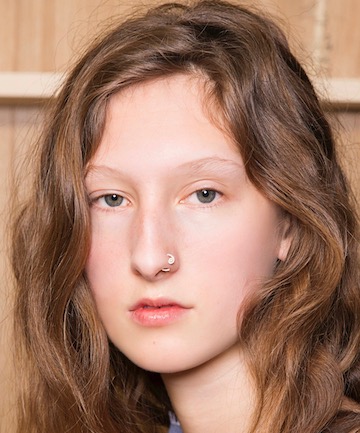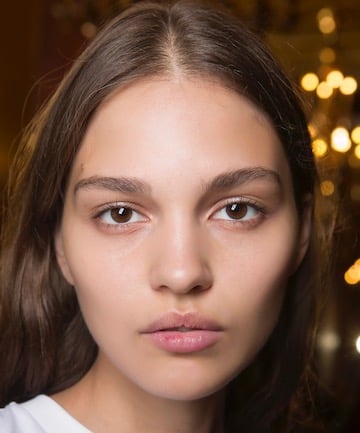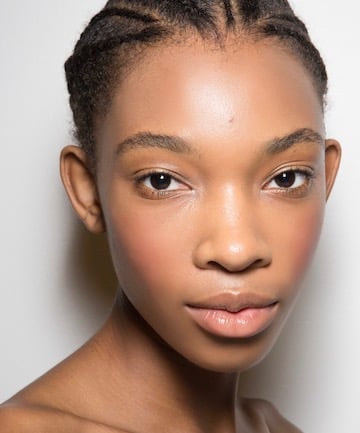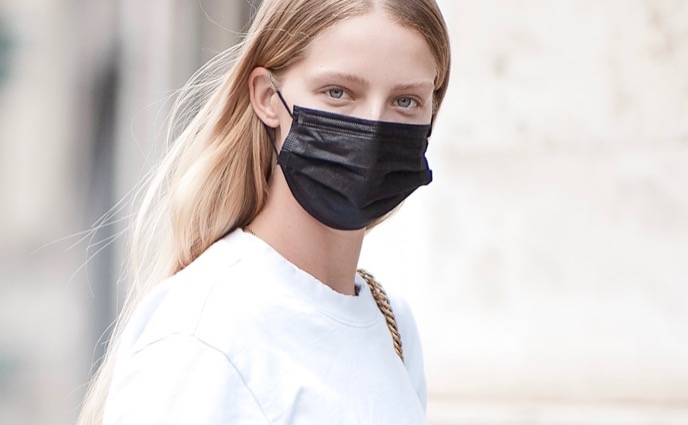Broad spectrum refers to a sunscreen formulation that protects against both UVA and UVB rays. Any sunscreen you purchase nowadays falls into this category. Back when sunscreens were first being formulated, most only protected against UVB rays. After all, it made sense to focus specifically on preventing burns. What ended up happening is that many people basked in the sun with their UVB sunscreen feeling like they were protected leading to a temporary spike in skin cancer.
Image via Imaxtree
An abbreviation for "sun protection factor," SPF refers to the rating system by which we determine how much protection we're getting against UVB rays. According to The Skin Cancer Foundation, "The SPF number tells you how long the sun's UV radiation would take to redden your skin when using the product exactly as directed versus the amount of time without any sunscreen. So ideally, with SPF 30 it would take you 30 times longer to burn than if you weren't wearing sunscreen."
Image via Imaxtree
Notice how SPF only refers to UVB rays? After realizing we also need to protect our skin against UVA rays, a new system was developed. Developed in Japan, the PA system represents how much a product protects from UVA rays. The rating system isn't perfect, but it's helpful to know how much oomph your sunscreen carries. Basically, PA+ offers some protection, PA++ promises moderate protection, PA+++ delivers high protection and PA++++ provides extremely high protection.
Image via Imaxtree
"Photosensitivity is heightened skin sensitivity to UV rays or a tanning bed. Symptoms include but are not limited to inflammation, blisters, rash, redness and pain," explains Gonzalez. Certain ingredients can make your skin more sensitive to the sun, think retinoids and acids, which means you need to be extra cautious about sun exposure.
Image via Imaxtree
Physical sunscreen is a formula that protects against both UVA and UVB rays with mineral ingredients (hence its second name). These products work by physically blocking the sun, sort of like a shield. The most common mineral sunscreen ingredients are zinc oxide and titanium dioxide and they are known for leaving a very strong white cast. Although recent formulas offer the same protection minus the aforementioned white cast.
Image via Imaxtree









